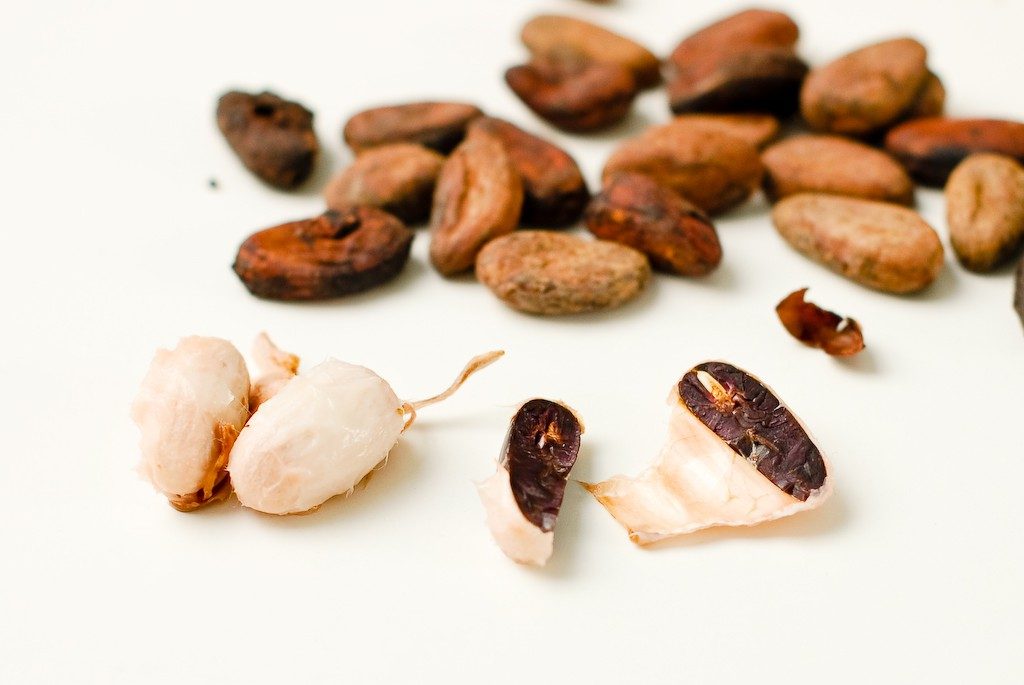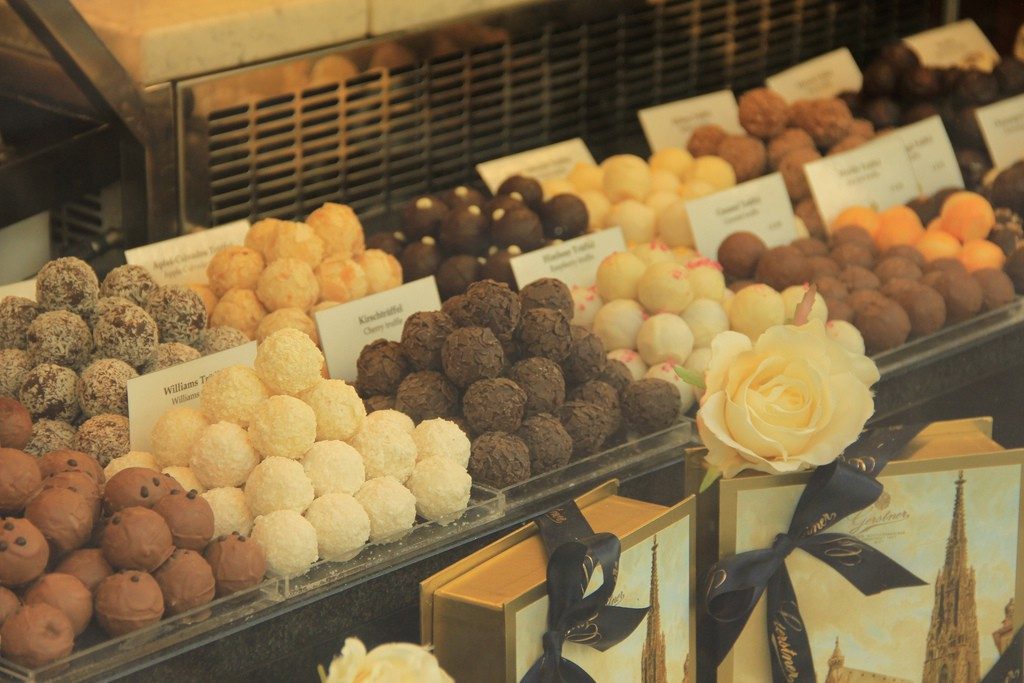What could be more comforting than a wonderful piece of chocolate? The famous gastronomic guide Gault&Millau has highlighted the best chocolate makers in Belgium and Luxembourg once again this year.

Back in the 17th century, explorers brought cocoa beans from South America and introduced them to the Belgian community. At the time, chocolate was a sign of luxury and was mostly used to make ‘hot chocolate’ for nobility or to impress new visitors. King Leopold the Third then made Belgium the number one trader in cocoa and chocolate. It was Jean Neuhaus who first put Belgian chocolate on the map. In 1857, he moved into a pharmacy-cum-sweet shop in the Galérie de la Reine in Brussels, where he sold plaques of dark chocolate. Gradually, the apothecary transformed into a real sweet shop, and the first praline was created there in 1912. The hollow chocolate shell with a sweet filling was invented by Jean’s grandson (also named Jean) who also invented the Ballotin, the box in which pralines are wrapped. The Jean Neuhaus store still exists to this day, and is deemed a must-see when visiting Brussels.
The competition is tough among the 97 artisans in this selection. It is true that Belgium well deserves its international reputation when it comes to chocolate. But what are the criteria for deciding between them? The guide jury simply relies on two essential criteria that combine appearance and taste.
As last year, three winners were nominated in Belgium, representing each of the country’s regions. This year’s ‘Discovery of the Year’ prize for ‘Goût Fou’ from Zele (East Flanders) is also worth mentioning.
The winner of this fifth selection for Brussels is Laurent Gerbaud, known for the quality of his cocoa beans, which come from Madagascar, Peru and Ecuador, and also for his pralines, which go beautifully with beer and wine.
In Flanders, the winner was Olivier Willems from Ostend. Here, originality meets quality, with original designs combined with intense, balanced flavours, such as the ‘James Ensor’ praline with its mix of Earl Grey, fleur de sel and praline.
Lastly, in Wallonia, the winner is Benoît Nihant, from Awans in the Liège region. The cocoa bean lies at the core of his work, from its selection to his flagship ‘Coeur de Samba’ praline. The bean is roasted, crushed and transformed through a perfectly mastered technique that is already enjoyed by many connoisseurs.
Chocolate-makers are proud ambassadors of Belgian know-how, which can be enjoyed in many different ways and should be savoured without delay
These chocolate-makers are proud ambassadors of Belgian know-how, which can be enjoyed in many different ways and should be savoured without delay.

A Brief History Of Belgian Chocolate
To understand why Belgian chocolates are so famous and deliciously addictive, it is important to know exactly how they are made. The secret to their success lies in the ingredients used to make them and, of course, in the production process. A law created in 1884 states that a minimum level of 35% cocoa must be used, in order to prevent the usage of low-quality fat sources or other ‘hacks’ to modify the composition. Production starts in the early stages, which includes overseeing how the cocoa beans are planted, the way they are roasted, and which beans are used.
There are several laws and unspoken rules in the chocolate-making community, where traditional manufacturing is preferred. This explains why there are so many small, independent chocolatiers throughout Belgium. However, even big chocolatiers like Neuhaus have managed to expand outside Belgium, but still continue to use only traditional recipes for their chocolates, many of which are still top secret.
If you’re in Belgium and want to learn about the chocolate-making process in more detail, it is worth visiting the MUCC (the Museum of Cocoa and Chocolate), which is located near the Grand Place, Brussels’ main market square. A new ‘game’ the museum came up with, the Truck game, allows you to walk through the city center of Brussels while discovering the world of chocolate within the city.
there are over 2,000 chocolatiers in the country, so anyone who visits Belgium shouldn’t hesitate to try this delicious treat
Belgium’s chocolate legacy
The best known commercial brand of Belgian chocolate is Côte d’Or, which you can find in almost any grocery store in Belgium and in many places around the world. Côte d’Or was founded by Charles Neuhaus in 1870 , who opened a factory shortly after that. The name refers to the Golden Coast, now Ghana in Africa, where the cocoa beans first originated from. The brand is now part of the American multinational company.
Commercial brands are renowned for making delicious chocolates, and their regular chocolate bars, pralines and truffles are definitely a must try when visiting Belgium — but the products of local, independent chocolatiers are certainly worth sampling as well!
Today, Belgian chocolate is world-renowned and continues to play a strong role in the Belgian economy. Overall, there are over 2,000 chocolatiers in the country, so anyone who visits Belgium shouldn’t hesitate to try this delicious treat.